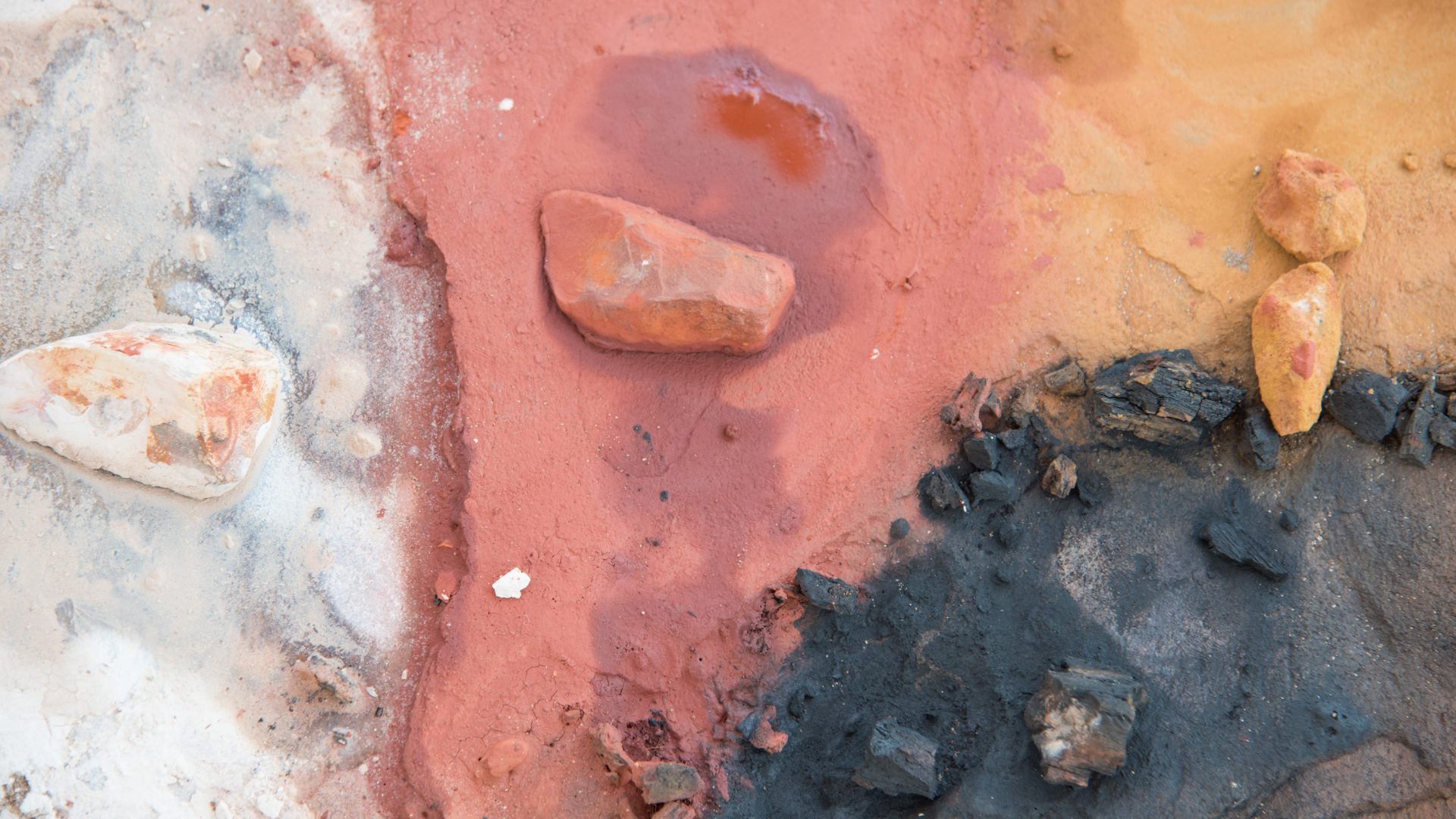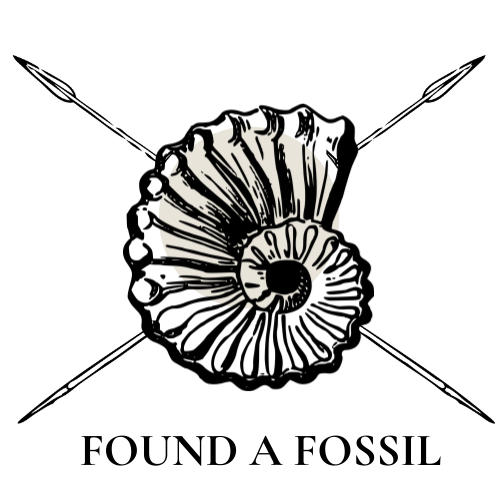
The Project
Finding solutions to better protect Indigenous heritage material, and fossils, in Australia.
Fossils and archaeological artefacts help to tell us the stories of the past…
…but are they being protected?
Let me tell you about the Project.
The Inspiration
After completing degrees in archaeology and palaeontology, I realised that if I ever actually came across a fossil or artefact in Australia, I would have no clue what to do. Is there someone would need to tell? What was I meant to do?
If I didn’t know (with my background in those fields), I figured that a lot of other people, including farmers, miners, bushwalkers, and beachgoers – the people who were potentially finding heritage materials – also wouldn't know what to do.
So I set out to create a resource that would aim to rectify this – and so Found a Fossil was born.
The Project
Found a Fossil arose out of my Masters of Research project with Macquarie University which I completed in 2022. There was this gaping hole of knowledge and communication about how to handle heritage discoveries. So I wanted to create an educational resource that would become the go-to platform for both the public and scientific communities. This platform provides information and guidelines about handling heritage finds in Australia. As a cultural ally to First Nations Peoples, I’m also hoping that this project will encourage the celebration and protection of First Nations heritage objects, and provide opportunities to start conversations about heritage discoveries, processes, and decision-making.
_______________________________________
By connecting with communities and individuals who are finding heritage material like artefacts and fossils, I’m hoping that we can have open and honest dialogue that will ultimately lead to a higher appreciation of heritage, therefore a higher level or reporting, and protection for Australia’s incredible natural and cultural heritage.
_______________________________________
The actual master’s project (of which this website is part of) is aimed to better understand the people who are potentially finding this heritage material - farmers, miners, the public and beyond. To do this, I created survey that asked people what they would do if they ever found a fossil or an artefact.
A secondary part of this project and survey is a science communication campaign that provides guidelines to the public about what to do if they ever did find a fossil or artefact. This campaign is currently being delivered through a series of different communication formats, including this website, social media posts, a video, a blog, and a brochure. The survey asked questions about what communication features are important to the public, so in future, I (and other communicators) can create better content that is suited to our audiences across a wide range of science communication campaigns.
The Future
While this project and website were originally part of my master’s project thesis, I am really excited to see where it takes me. The goals and direction of this project have already changed since I first started – the project will likely continue to evolve and grow.
In the wider community, I hope that this research will help to protect fossils, and artefacts of Indigenous communities from around Australia, inspiring curiosity, and encouraging appreciation for Australia's ancient and geological history. Your opinion and contribution to this research will also help with decision-making in the future, and your voice will help to add weight and value to this research project.
Through this website and our associated social media, I want to connect audiences with relevant information and legislation on heritage discoveries. The current legislation can be confusing, hard to read, and a headache to find. So, I’ve provided some clear guidelines for what to do with fossil and artefact finds, as well as links to institutions where you can report your finds, talk to people about repatriation, find more info or get heritage material identified.
I’m Sally Hurst, a palaeontologist, archaeologist, and science communicator.






